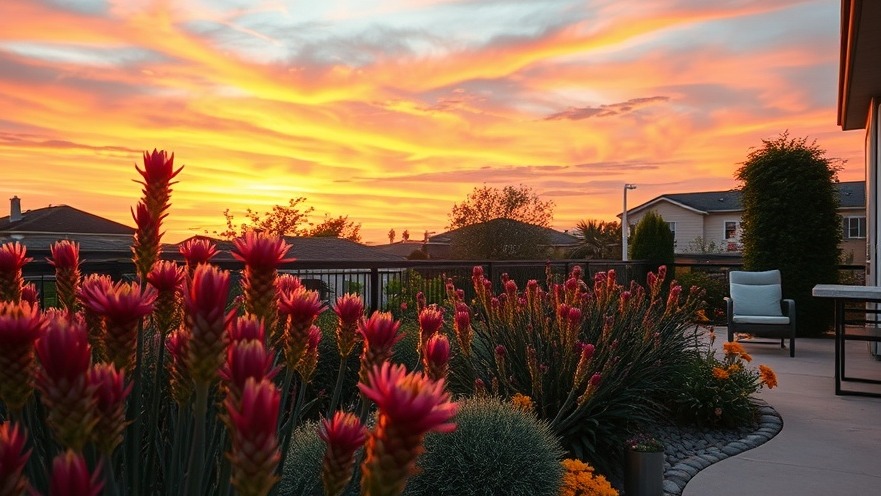
Discover the Beauty of Texas Gardening in 'Gardens of Texas'
As excited gardening enthusiasts eagerly await the release of Gardens of Texas, the anticipation is palpable. This beautifully illustrated hardback by Pam Penick showcases the remarkable resilience and creativity of Texas gardeners who thrive in an often challenging climate. The book stands as a testament to eco-friendly gardening, providing inspiration and practical tips on sustainable home design and natural landscaping.
Embrace Eco-Friendly Gardening Practices
Incorporating eco-friendly gardening into your outdoor space is not just a trend; it’s a vital practice for sustainable living. Pam's book emphasizes the importance of gardening techniques that enhance energy efficiency, water conservation, and composting. This aligns with the growing movement toward zero-waste practices that many homeowners are embracing.
Why Pre-Order Matters
Pre-ordering Gardens of Texas isn't just about securing your copy; it's a way to support authors and their important messages. Early orders play a critical role in getting new books noticed, especially in the competitive world of publishing. Plus, Pam offers signed copies at her book events, making it a delightful gift option for the eco-conscious gardeners in your life.
Get Involved: Book Tour and Events
Pam will embark on a book tour across Texas this fall and into spring, inviting gardening fans to engage with her work in person. This is an excellent opportunity for eco-conscious homeowners and DIYers to learn about sustainable gardening practices firsthand. Attending these events can also enhance community connections and foster knowledge exchange among like-minded individuals.
Join the Garden Spark Community
If you’re looking to deepen your understanding of sustainable home practices, consider joining the Garden Spark community. These curated events feature expert speakers across various disciplines of gardening, ensuring you gain valuable insights into eco-friendly design and landscaping that can influence your home projects.
If you’re interested in elevating your gardening game while being conscious of environmental impacts, be sure to pre-order Gardens of Texas and mark your calendars for Pam's upcoming events. Let’s work together towards greener, more sustainable living!
 Add Row
Add Row  Add
Add 




Write A Comment